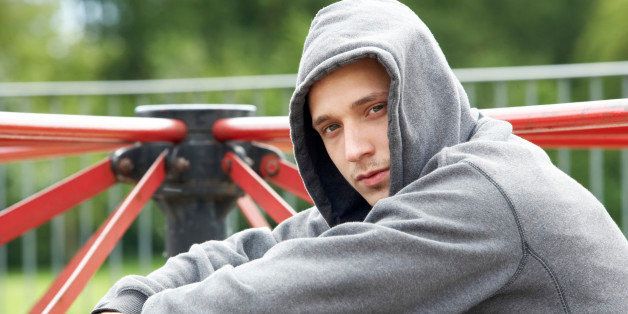
Every day across the country, youth run away from home, are kicked out, become orphans, or exit the juvenile justice or child welfare system with nowhere to go. The number of homeless teens in the US has more than doubled since 2007, and today, they number more than 1.6 million.
For over four decades, the Runaway and Homeless Youth Act has been an important source of resources to address this growing phenomenon. The law provides three types of federal grants to help communities deliver key life-saving and supportive services to homeless, runaway, and disconnected youth. The grants help community-based organizations reach homeless youth to provide crisis intervention housing, basic life necessities, family interventions, and longer-term housing options, including maternity group homes, when necessary. In fact, each year 25,000 youth find shelter through the act's street outreach program. Basic center and transitional living programs provide runaway and homeless youth with a safe place to stay, access to a wide range of trauma-informed counseling and care, and a supportive community. In 2013, over 80 percent of youths served transitioned from these programs safely and effectively, and 72 percent in temporary housing eventually reunited with their families.
However, funding for these critical programs expired in September 2013, leaving hundreds of direct service programs in communities nationwide left to determine how to serve the thousands of homeless youth that cross their doorsteps. Thankfully, legislators in the House and Senate introduced an updated and expanded measure -- the Runaway and Homeless Youth and Trafficking Prevention Act that would reauthorize the original law through fiscal year 2020 and strengthen these life-saving programs. In addition, the new proposal would authorize collecting human trafficking data, add a nondiscrimination clause that mirrors federal regulations, and increase the temporary length of stay for homeless youth.
Runaway and homeless youth are especially vulnerable to becoming victims of trafficking and sexual exploitation. Research has shown that runaway and homeless youth in the US are at heightened risk of sex and labor trafficking because they lack access to shelter, food, and personal connections. Traffickers prey on this vulnerability. Further, more than one-quarter of youth living on the street trade sex for basic needs such as food or shelter. The National Center for Missing and Exploited Children estimates that in 2015, 1 in 5 of the 11,800 runaways reported to the center were likely sex trafficking victims.
And, the federal programs are cost effective. Homeless and runaway youth are disproportionately involved in public systems. Programs aimed at this population create substantial economic savings to the broader public. For example, moving 500 youth from juvenile justice residential facilities to transitional living programs could save between $5 and $20 million.
A growing number of homeless youth identify as lesbian, gay, bisexual, or transgender (LGBT); data suggest they make up to 40 percent of the runaway and homeless youth population. Conservative religious bias is a frequent cause when LGBT youth run away or are thrown from their homes. The nondiscrimination language in the proposed federal law would prohibit discrimination on the basis of actual or perceived race, color, religion, national origin, sex, disability, sexual orientation, or gender identity in funded programs or activities. It protects those who receive services in and are employed by taxpayer funded programs, similar to other social service authorizations like the Violence Against Women Reauthorization Act of 2013, Head Start, and the Workforce Investment Act. It is essential displaced youth are not re-victimized when seeking care, particularly when service providers are taxpayer funded.
As Jews, our work is grounded in respect and dignity for all human beings and guided by the Jewish values of tzedakah (righteousness), gemilut chasidim (acts of loving kindness), and b'tselem elohim (we are all created in God's image). Runaway and homeless youth are among the most invisible and vulnerable populations in the US, and our values compel us to act to ensure our nation's young people get the care they need to ultimately lead productive lives.
The modest investment in Runaway and Homeless Youth Act programs has laid the foundation for a national system of services for our displaced youth. These essential programs must continue through passage of a fully funded and inclusive Runaway and Homeless Youth and Trafficking Prevention Act.
